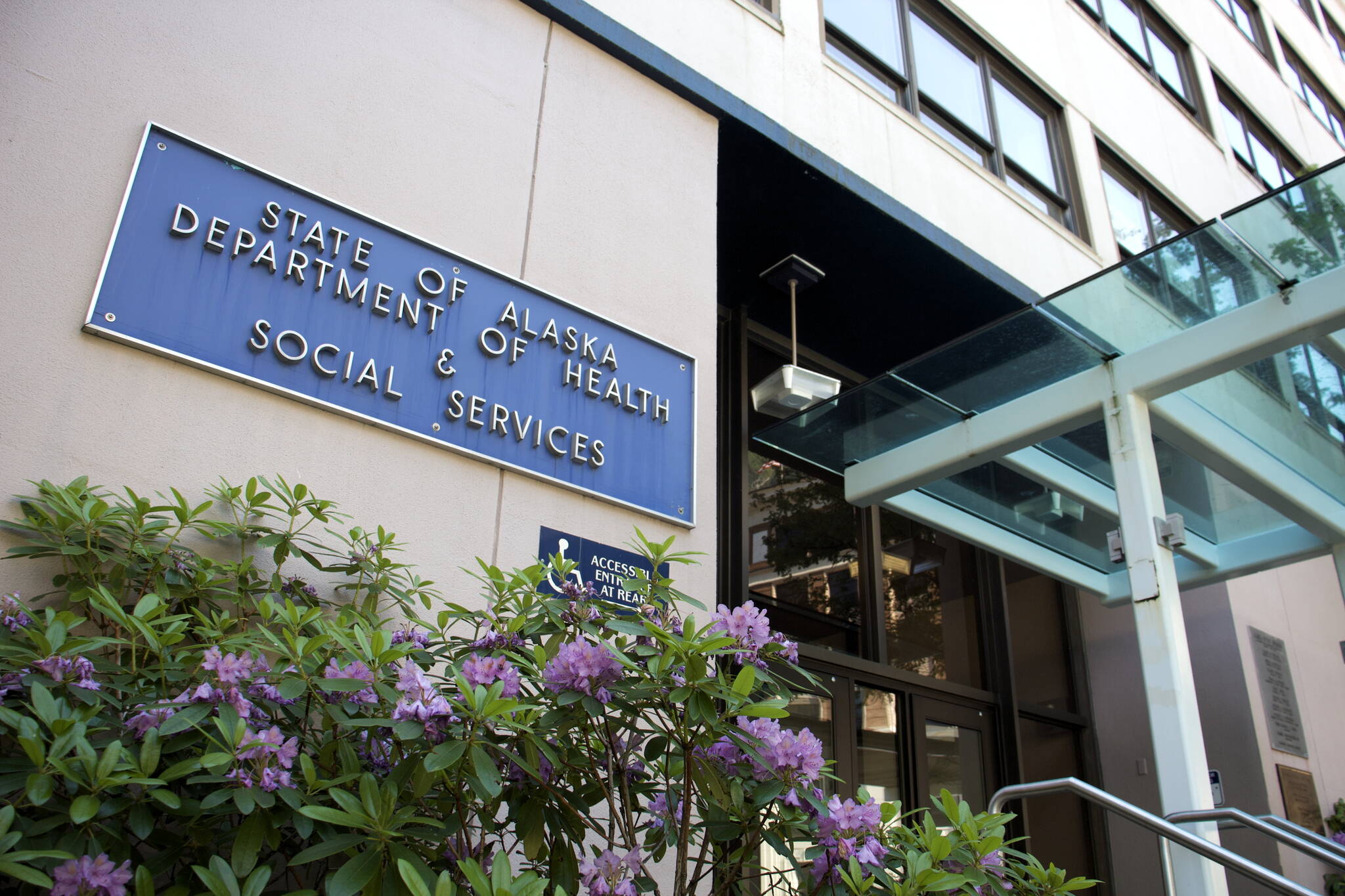Screenings for breast and cervical cancer in Alaska have been on a downward trend for several years, Anne Remick, the program director for the Section of Women’s, Children’s and Family Health, said during a Public Health ECHO held Wednesday.
Information shared by Remick during the Echo showed a downward trend in breast cancer screenings since 2016, and in cervical cancer screenings since 2018.
“Our goal is to be part of an upward trend,” she said.
In Alaska’s Gulf Coast Region, which includes the Kenai Peninsula, around 55% of women over 40 years of age are up to date on breast cancer screenings, meaning having received a mammogram within the last two years.
Remick said that 1 in 3 people get cancer in their life. In Alaska, cancer is the leading cause of death, and breast cancer is the most frequently diagnosed. Guidance from the Centers for Disease Control and Prevention is that breast cancer screenings should be performed every two years in women aged 40-74.
“It is important to remember that when your doctor suggests a screening test, it does not mean they think you have cancer.”
For cervical cancer, Remick said that pap tests should start at 21 years of age, and be performed every three years. After age 30, she said one of three things should be done; a pap test every three years, an HPV test every five, or a cotest every five.
In the Gulf Coast, 80% are up to date, though Remick said those numbers are in decline.
To combat that decline, Remick said the Department of Health is identifying obstacles, in community support systems, provider cultural competency, cost of procedure, and literacy among others.
Remick said that the Alaska Breast and Cervical Screening Assistance Program can provide aid based on income — which she described as being on a generous scale. A family of four with a combined income of $93,000 can qualify for funding for travel, cost and follow-up diagnostics.
For more information about breast and cervical cancer screening in Alaska, visit health.alaska.gov/dph/wcfh/Pages/AKB+C/
Reach reporter Jake Dye at jacob.dye@peninsulaclarion.com.

